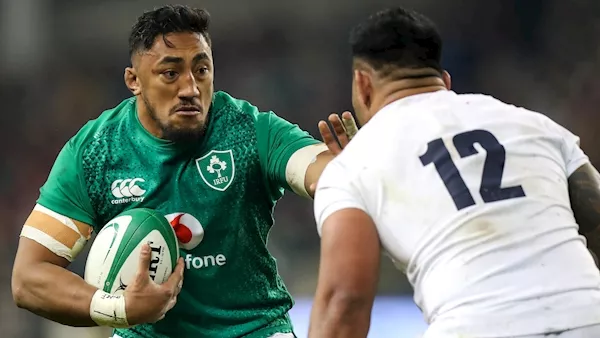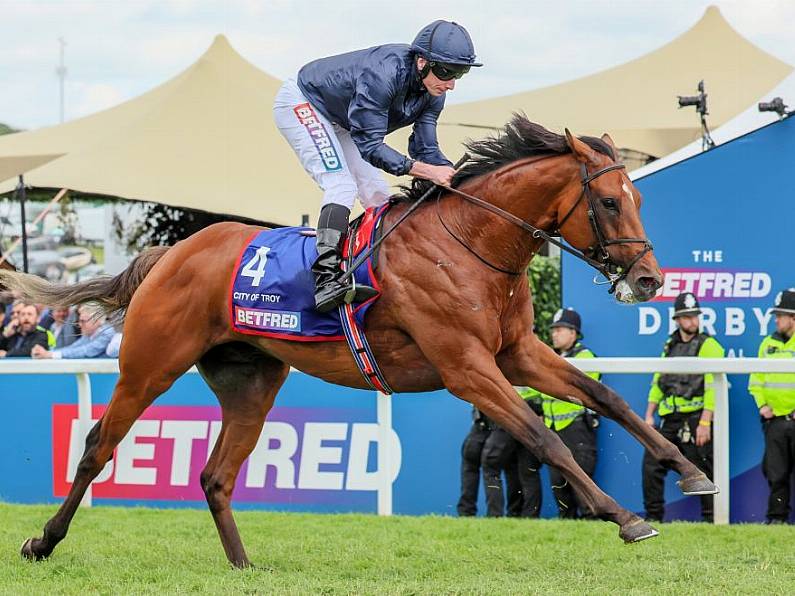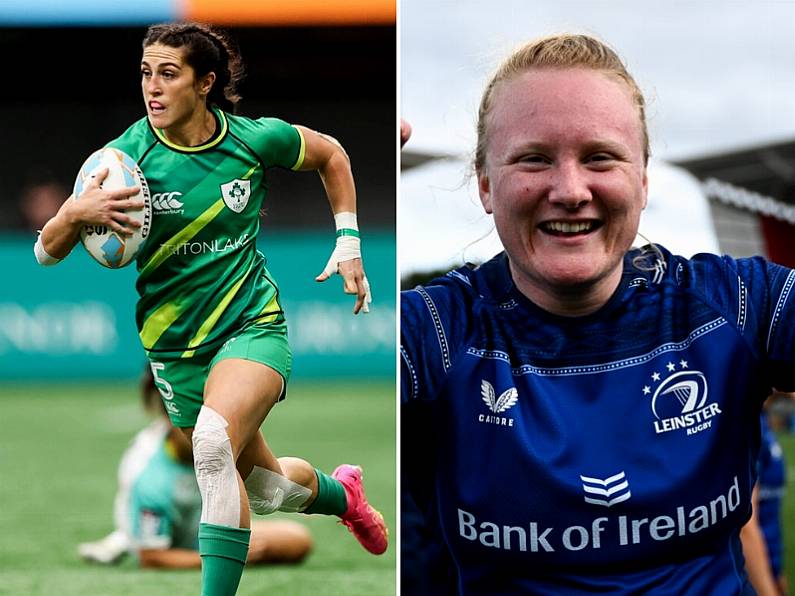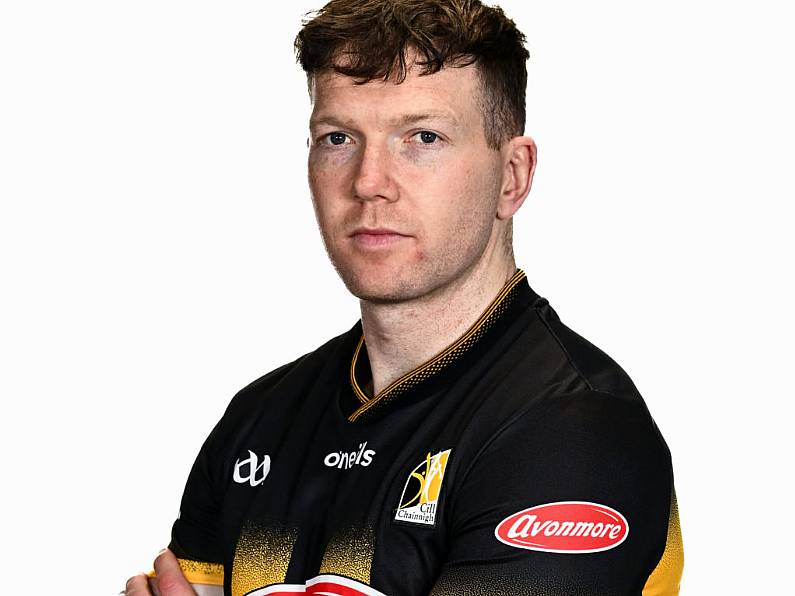Looking back at Ireland's defeat. Are there some lessons to be learned?
THE SLOW START
Reach deep back into the memory banks of Friday. It was a halcyon time when Irish confidence was sky high, Joe Schmidt’s side were cock of the walk and expectation had pierced the upper atmosphere.
Everything was good in the world and Irish rugby was on top of it.
Yet amidst all the glee on that chilly first day of February, Ireland captain Rory Best warned of the dangers of a stuttering start.
The veteran reminded us of how the post-Chicago bubble of November 2016 was very quickly burst at Murrayfield in 2017’s opening game, Scotland catching his side napping with two early tries and racing into a 21-8 half-time lead before a chastening defeat.
“It is a little like the European Cup,” Best said, “where you see the teams who lose the first match and straight away, they are up against it, especially at home, they are just battling for the rest of the tournament.
“And that is not a position you want to be in.”
Well, history repeated for Ireland the day after Best’s sounding of the alarm. His Doomsday scenario came to pass.
England, as their coach Eddie Jones had promised, were quick out of the blocks, bristling with energy, positivity and physicality and Ireland could not summon a response.
The omens were in the warm-up, which took place in a half-full stadium, the sell-out crowd slow to take their seats and Ireland’s return to the dressing room passing unnoticed, no trademark roar of encouragement for the home side ahead of kick-off.
Ireland need strong, vocal support but it is also a two-way street and their sloppy start prompted anxiety, not decibels.
When Jonny May flew over in the corner for the opening try less than two minutes in, the die was cast.
Ireland were playing catch-up, just as they now must do for the rest of this championship.
LOSING THE COLLISIONS
Amid the reams of statistics from Saturday’s game, one that particularly stands out concerns the disparity between the sides in terms of dominant tackles.
Defence coaches love the dominant tackle, the big hit which can send a ball carrier back behind the gain line and suck the momentum out of an attacking play.
Ireland made eight of them at Aviva Stadium. England made 48.
“It’s my most disappointing defeat at the Aviva,” Schmidt said. “We got beaten up — similar to what happened two years ago when we lost to New Zealand.”
England were stronger in contact and reaped the rewards from the open-play collisions when the set-piece was more evenly contested.

Blindside flanker Mark Wilson and man of the match Mako Vunipola put in tremendous defensive shifts with 27 tackles apiece and were ably assisted by Jamie George, Billy Vunipola and young Sale Sharks openside Tom Curry, who seemed to relish the physical confrontations.
Curry deserved his yellow card for a late hit on Keith Earls and Maro Itoje could have gone the same way for taking out an airborne Earls while England also had a high missed tackle count of 32 compared to Ireland’s nine.
Yet they came out on the right side of the ledger, and their physical dominance was a huge contributory factor to their bonus-point victory.
WASTED OPPORTUNITIES
Ireland were not without their chances and scored a first-half try through Cian Healy off a lineout maul platform that offered hope of a more closely-fought contest.
Yet the defending champions did not make the most of the opportunities they created, particularly during the 10-minute period in the first quarter when England’s Tom Curry was in the sin bin.
Ireland were building inside the English half for much of that time, but a James Ryan knock-on and a poor pass out to Josh van der Flier, that the openside knocked on in the effort to reach for the bobbling ball, were indicative of the inaccuracies in the team’s play.

UNDERCOOKED PLAYERS?
Could rustiness have contributed to Ireland’s below-par performances? World Player of the Year Johnny Sexton was playing his first game of 2019 on his return from a knee injury sustained against Munster on December 29, while Conor Murray is still working his way back to top form having returned from a long-term neck injury a month earlier.
Add to that auxiliary full-back Robbie Henshaw’s inclusion after just 62 minutes for Leinster against Wasps on January 20 following almost three months out with a hamstring injury and you have the spine of the Ireland backline all short of game time, with none of them as influential as they would have hoped.
A VERY, VERY GOOD ENGLAND
Let’s not be too introspective — as below-par as Ireland were, this was an England side that could have blown any opposition away at the weekend.
With Mako Vunipola putting in a powerhouse man-of-the-match performance from loosehead prop, his brother Billy on the rampage at No.8, Manu Tuilagi looking back to his thundering best at inside centre, and midfield partner Henry Slade coming of age in Test rugby on Saturday, the English are a very different beast than the team that surrendered tamely to Ireland at Twickenham last St Patrick’s Day.
Eddie Jones has got them firing again after a slump in 2018 and England are now the new favourites for this year’s Guinness Six Nations.






